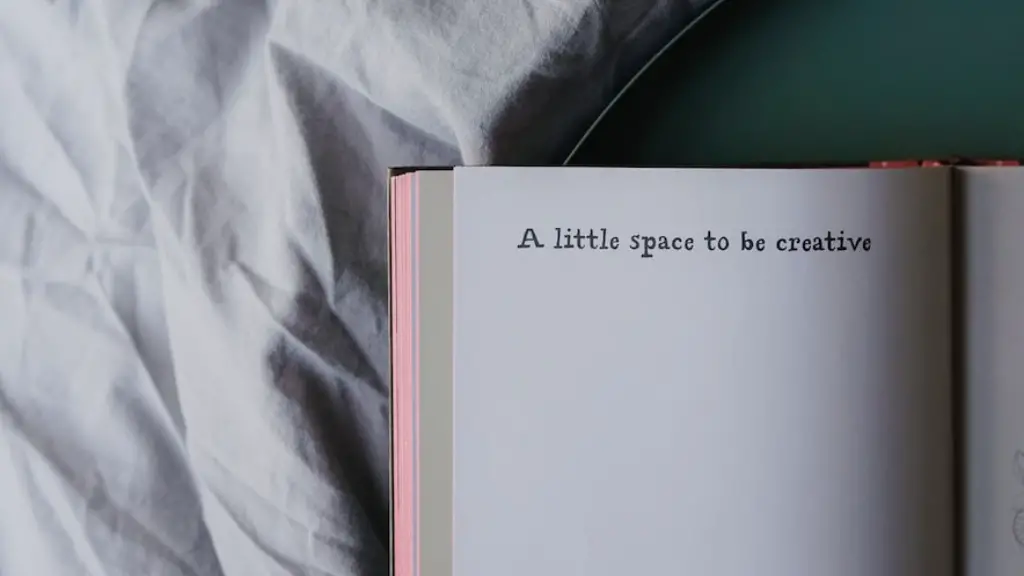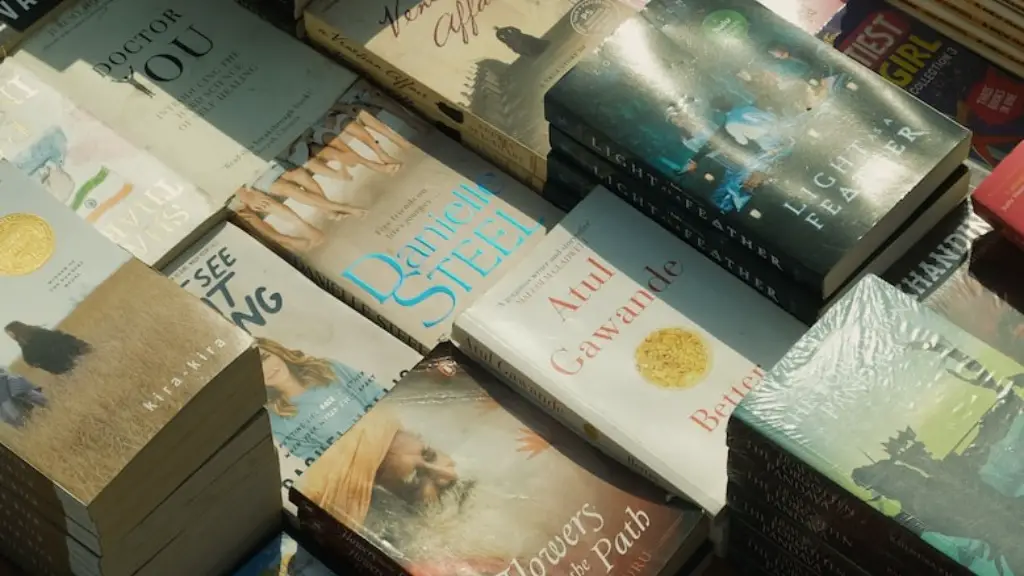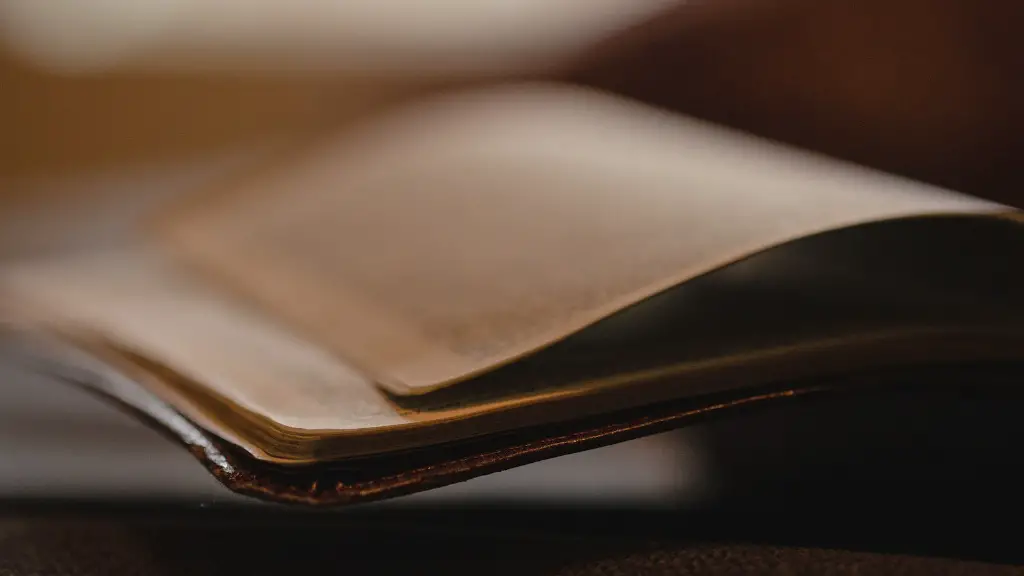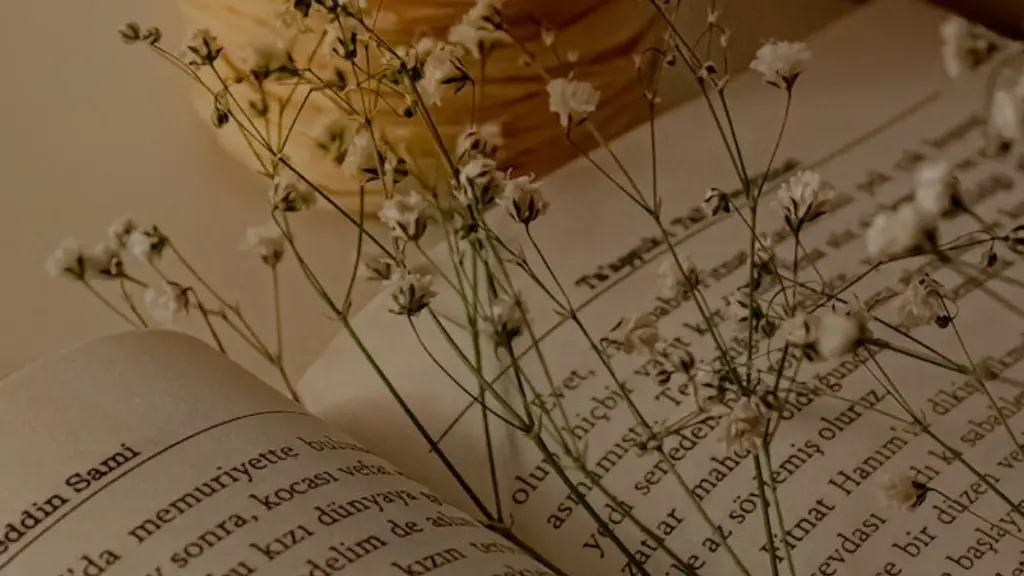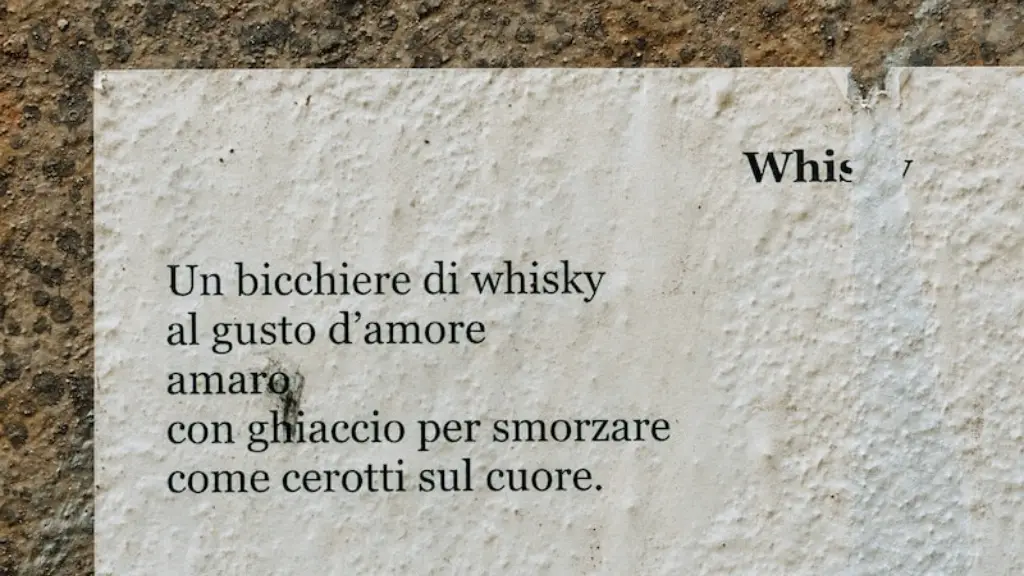What is Alliteration in Poetry?
Alliteration is a poetic device often used in literature and poetry that consists of repeated consonant sounds in the beginning of a group of words or throughout. Alliteration is used to add rhythm and or highlight specific ideas when writing a poem or prose. Alliteration is often used to emphasise particular phrases and give writing an aesthetically pleasing flow. Additionally, alliteration can be used to allude to the sounds, atmosphere and meaning of the characters and their conversations in a piece. Alliteration has been used since ancient times, so today’s writers have embraced this as a technique to bring more emotion and vibrancy to their written works.
When utilising alliteration in poetry, the writer chooses a consonant sound and utilises that sound in a series of words in the poem. For example, the phrase “friendly fireflies flying far” may use the letter F sound for emphasis or intensify the mood or sentiment within a poem. Alliteration may be used to draw attention to certain ideas and words, or create a rhythm or pattern throughout the poem. It can also be used to draw attention to certain phrases or theme that the poem is based on.
Moreover, alliteration in poetry can help poets to explore their creative range as it allows them to play around with consonant sounds in order to bring a certain edge to their poem. It is an effective technique that highlights the difficulty and complexity of the poem while also making it easier to read, and it can also give the poem a certain atmosphere or flavour.
For aspiring poets, understanding and recognising alliteration is one of the most important skills to have when crafting their own poetry. Alliteration gives the poet the power to create poetic rhythms that enrich the overall poem with a greater emphasis on specific words and concepts. Additionally, it can help the poet to endear their writing to readers, as they display their craftsmanship through their use of alliteration.
The Effects of Alliteration in Poetry
Alliteration in poetry can add depth and complexity to a poem. It allows a poet to emphasise a particular point or idea, or create a ‘sung’ or ‘slurred’ effect to a poem. Furthermore, it can create a rhythm that appeals to readers, encouraging them to be pulled along with the poem, while adding musicality to the words. This helps to create a deeper meaning and atmosphere to the poem, which can make it memorable to readers.
Alliteration also adds a bit of fun to a poem, as it can be playful and imaginative. It gives the poet the opportunity to be creative and to create a unique application of words to suit the subject matter of their poem. Additionally, as readers are encouraged to read aloud when reading a poem, alliteration can add a unique rhythm to their voice as they recite the poem.
Furthermore, alliteration can be used to create a certain image or atmosphere for a poem. For example, the phrase “snowy sky soaring south” could suggest a wintery or tranquil atmosphere, or “misty mornings meander” could hint at a melancholic or lonely mood. By using alliteration, poets can create interesting and vivid images and emotions in the reader’s mind.
Overall, while alliteration is not absolutely necessary in poetry, it is an important tool to consider when writing a poem. Alliteration can be a useful device to add emphasis to the words and create a memorable and interesting atmosphere. By exploring and incorporating alliteration into poetry, writers can create engaging and moving works of art.
Cadence and Alliteration in Poetry
Cadence and alliteration in poetry are two effective techniques that can be used to create rhythm and music in a poem. Cadence is a series of words, or syllables, that are repeated and utilised as an important part of a poem’s rhythm or structure. It is a form of accentuation which highlights certain words or phrases and can be used to create a musical sound in the poem. On the other hand, alliteration is a series of consonant sounds that are repeated and given special emphasis in a poem to create an aesthetically pleasing sound.
Both cadence and alliteration have been used in poetry since antiquity and they are important tools in creating spoken art. For example, the phrase “Peaceful ponds plea plenty of pretty rainbow trout” uses both cadence and alliteration to create a rhythmical and aesthetically pleasing sound. Cadence and alliteration can be used together to create a poem that is both melodic and engaging. By utilising a range of sounds, poets can create engaging and memorable poetry.
Cadence and alliteration can each be used independently, or combined together to create a unique and powerful effect. For example, a poet may use a mix of alliterations and cadence to create a strophic effect in their poem — this will draw the reader’s attention to the deeper meaning of the words rather than simply letting them pass without consideration. Additionally, cadence and alliteration can also be used to create a more lyrical and musical sounding poem.
Ultimately, cadence and alliteration are two powerful tools in a poet’s arsenal. They can be used independently or together, to create a captivating and memorable poem. By understanding and utilising both techniques, a poet can create engaging and provoking works of art.
The Benefits of Alliteration in Poetry
Alliteration has many benefits for poets, and it is important for poets to consider its potential when writing a poem. Alliteration can be used to create a poetic rhythm, which can make a poem more engaging and easier to read. It can also be used to emphasise certain words and phrases in a poem, thus drawing the reader’s attention to specific points or ideas.
Furthermore, alliteration can help to paint a vivid picture in the reader’s mind. By using alliteration, a poet can create an image or atmosphere in the poem that is more detailed and evocative. This can be used to give readers a greater insight into the poet’s view of the world and it can also be used to emphasise specific points or symbols in the poem.
Additionally, alliteration can be used to create a more poetic sound in the poem. This can make the poem more enjoyable to read and also make it more memorable. It also encourages the reader to read aloud and to appreciate the sound of the poem. Furthermore, alliteration can also be used to express emotions and feelings in a poem and evoke the feelings of the reader.
Overall, alliteration is an important tool for poets to consider when writing a poem. It can help to add greater depth and impact to the poem, and make it easier for readers to appreciate the poem. By understanding and embracing alliteration, a poet can craft engaging and evocative works of art.
Using Alliteration Correctly
Alliteration is an important tool for poets to use when writing a poem, however, it is also important to use it correctly. When using alliteration, a poet should select the right sound to convey the desired emotion or intent. For example, using a softer consonant such as ‘s’ in a romantic poem may help to make the poem sound more peaceful and gentle. Additionally, using a more forceful consonant such as ‘m’ in a poem that is more vigorous may create a more intense sound.
Moreover, alliteration should be used in moderation. When used in excess, it can become tiresome for a reader. Alliteration should be used to draw attention to certain words or phrases, not to diminish attention from them. Additionally, alliteration should not be used over an extended period of time — the repetition of sounds can become tiresome for the reader.
It is also important for poets to be mindful of the alliterations they are using in their poem. Alliterations should not be used randomly, as this can make the poem appear disjointed or haphazard. Additionally, alliterations can only be effective when used in an appropriate way. For example, using a soft alliteration such as ‘b’ may not be suitable in a poem that is violent in nature, as this can detract from the poem’s intent.
Finally, when alliteration is used incorrectly, it can detract from the poem and make it difficult for the reader to appreciate the poem. By understanding and using alliteration correctly, poets can craft effective and engaging poetry.
Conclusion and Meaning of Alliteration in Poetry
Alliteration is an important poetic device that has been used throughout literature and poetry for centuries. It is a series of repeated consonant sounds used at the beginning of words and throughout the poem to emphasise certain words and phrases or to create a rhythmic sound in the poem. Alliteration can also be used to create an atmosphere or emotion in the poem, and to make it easier for readers to appreciate the poem.
Alliteration is an effective tool that poets should consider when writing a poem. It can help to emphasise important words and concepts, and can create a more lyrical and memorable poem. Additionally, alliteration can be used to create a certain mood or image in the reader’s mind, as well as to express emotions and feelings in a poem.
Overall, alliteration is an important tool for poets to consider. By understanding and incorporating alliteration into their works, poets can craft engaging and powerful works of art that draw readers in and leave a lasting impression. Unquestionably, if used correctly, alliteration can be an invaluable tool in a poet’s arsenal.
